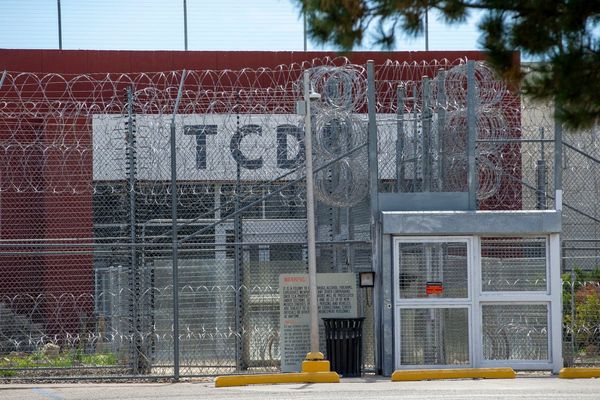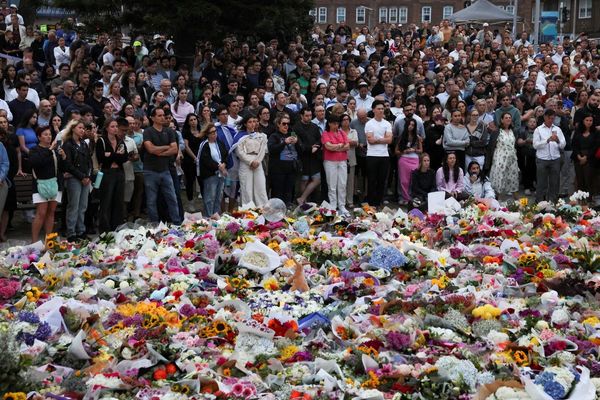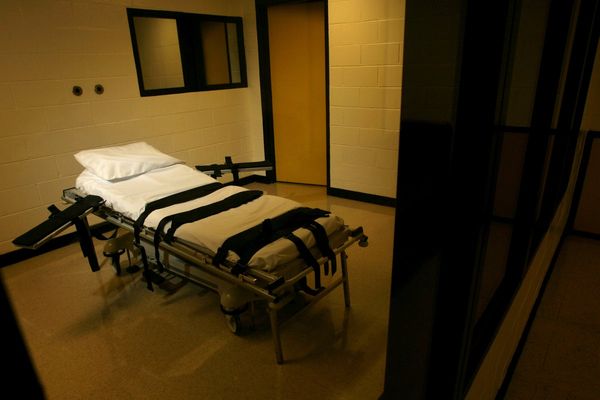US officials believe the captain of the Air India jet that crashed shortly after take-off in Ahmedabad last month may have been the one who cut off the aircraft’s fuel supply.
According to a US assessment of black box data, the first officer, who was piloting the Boeing 787-9 Dreamliner, questioned why the captain had moved switches to the cut-off position during the critical moments of take-off.
The Wall Street Journal, which reviewed the findings, reported that the first officer expressed “surprise and panic” while the captain remained calm.
The aircraft plunged into a medical student hostel in a built-up suburb less than a minute after take-off, killing 241 of the 242 people on board. It is believed to have reached a maximum altitude of only 400ft before all contact was lost.
A preliminary report by India’s Aircraft Accident Investigation Bureau (AAIB) previously confirmed that switches controlling fuel flow to the plane’s two engines had been turned off shortly after lift-off, leading to a catastrophic loss of thrust.
Cockpit voice recordings recovered from the aircraft captured one pilot asking the other: “Why did you cut off?” in reference to the fuel supply. The other replied: “I didn’t.”

Until now, it had not been clear which pilot said what. However, US sources who reviewed the audio told the Wall Street Journal that it was the captain who was being questioned.
The switches were moved in quick succession, one second apart, and then turned back on around 10 seconds later, the report said. It remains unclear whether the switches were moved accidentally or deliberately.
The crew has been named as Captain Sumeet Sabharwal and First Officer Clive Kundar, who together had logged more than 9,000 hours of flight time. Just moments before the crash, Mr Sabharwal issued a mayday call.
Air India’s chief executive, Campbell Wilson, said the report had “triggered a new round of speculation in the media.”
In a staff memo, he noted that the report “identified no cause nor made any recommendations” and urged people to avoid jumping to conclusions while the investigation was still ongoing.
Indian media have reported that investigators are examining possible electrical or digital faults that may have caused an “uncommanded” action. This includes the possibility that the fuel control switches moved to the cut-off position without pilot input.
“The probe will ascertain the possibility of an ‘uncommanded transition’ of the fuel control switches to the cut-off mode seconds after the lift-off,” an official with knowledge of the investigation told local media.
Hours before the crash, a pilot flying the same aircraft from Delhi to Ahmedabad had flagged a “stabiliser position transducer defect” in the plane’s technical log.
The stabiliser position transducer is a key sensor that controls the up-and-down movement of the aircraft’s nose and relays data to flight control systems. One official said that while the malfunction was checked and troubleshooting was carried out by engineers, it remained a serious concern.

“The malfunction is a critical issue as it can trigger incorrect responses in flight control, including unintended fuel cut-off signal,” the official said.
Meanwhile, the Federation of Indian Pilots has criticised the exclusion of pilot representatives from the investigation and condemned the early interpretation of the preliminary findings.
Captain C S Randhawa, the federation’s president, said: “The report, as released, lacks comprehensive data and appears to rely selectively on paraphrased cockpit voice recordings to suggest pilot error and question the professional competence and integrity of the flight crew.
“This approach is neither objective nor complete. Assigning blame before a thorough, transparent, and data-driven investigation is both premature and irresponsible.”
The crash was the first fatal accident involving a Boeing 787 Dreamliner. The aircraft has been widely used for international long-haul routes since it entered service in 2011. However, Boeing has already faced mounting scrutiny in recent years over safety and quality concerns across its fleet.







